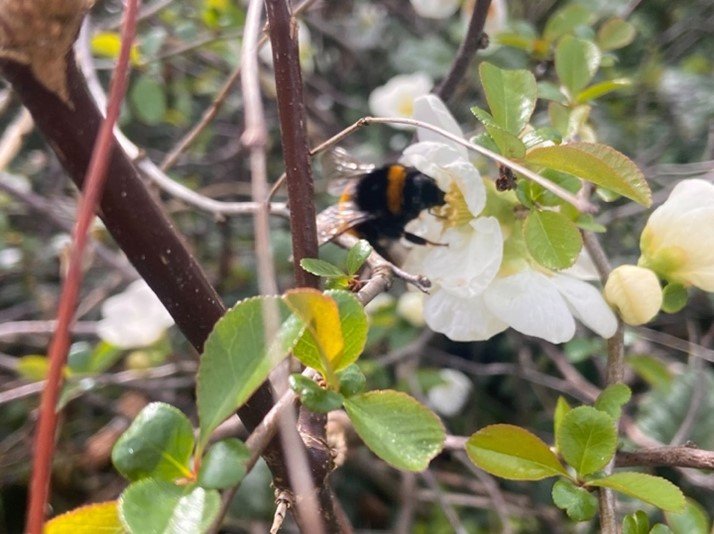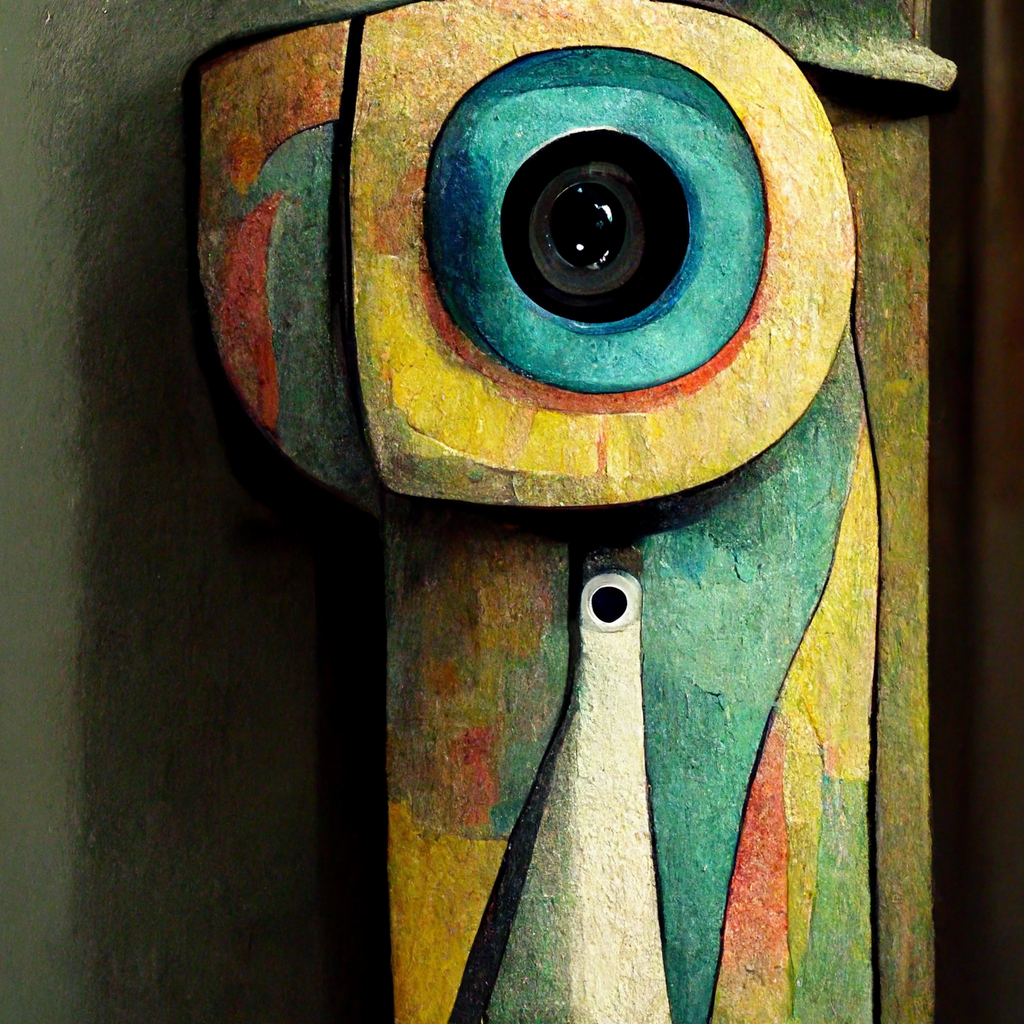Phenomenographic Research: Interview with Curie Scott
While this interview with Dr. Curie Scott was originally posted in 2020, her work is relevant for current researchers.
Sometimes available methods and methodologies are not adequate, and we need to adapt approaches to fit the study. Dr. Curie Scott found herself in this situation, so she re-interpreted a phenomenographic methodology for her study about perceptions towards self-aging.
Curie incorporated the use of participant drawing: "having looked at the field of drawing, I was intrigued by investigating drawing as 'intelligent practice’, a way for adults to think through issues that were hard to articulate in words alone." Here are two quotes that motivated her:
Drawing needs to be ‘reaffirmed as intelligent practice, which is as much about thinking, seeing and interrogating as inventing and which communicates as intensely with others as it refers to the affective self (Petherbridge, 2010, p.432, The Primacy Of Drawing).
Ideational drawing is a process and always in process; thinking and action and action as thinking….Ideational drawing (as process and as artefact) is a thinking space-not a space in which thought is re-presented but rather a space where thinking is presenced (Rosenberg, 2012, p109).
She described her process and experience in this MethodSpace interview.
Resources
See Curie's new book focused on drawing for health and wellbeing, part of the series about Arts for Health. Order here.
Gillian Rose's visual methodology framework is a good starting point (but otherwise doesn’t mention drawing) Rose, G., 2012. Visual methodologies: an introduction to researching with visual materials.3rd ed. London: SAGE publications Ltd.
Chapters on drawing used in research (mostly with children) Theron, L., Mitchell, C., Smith, A., Stuart, J., eds. 2011 Picturing Research: drawing as visual methodology. Rotterdam: SensePublishers.
Resources from the The ’thinking through drawing’ team of researchers etc.https://www.thinkingthroughdrawing.org/symposia--publications.html
The power drawing books from the ‘BIG DRAW’ https://www.bigdrawshop.co.uk/collections/power-drawing-books
Explores a broad range of issues for researchers interested in using visual (and other) research methods Mannay, D. 2015. Visual, narrative and creative research methods: application, reflection and ethics. Abingdon: Routledge.
References
Bowden, J.A and Green, P., 2005. Doing Developmental Phenomenography. Melbourne: RMIT University Press. See Chapter 3 (Bowden); Akerlind’s chapters, appendix A and B
Petherbridge, D (2010) The Primacy of Drawing. London: Yale University Press
Rosenberg, T. (2012) ‘New Beginnings and Monstrous births: Notes towards an appreciation of ideational Drawing’, in Garner, S. (ed.) Writing on drawing: essays on drawing practice and research. Bristol: Intellect Books, pp. 109-124












Sometimes taking a break from the keyboard to write by hand unleashes creativity.